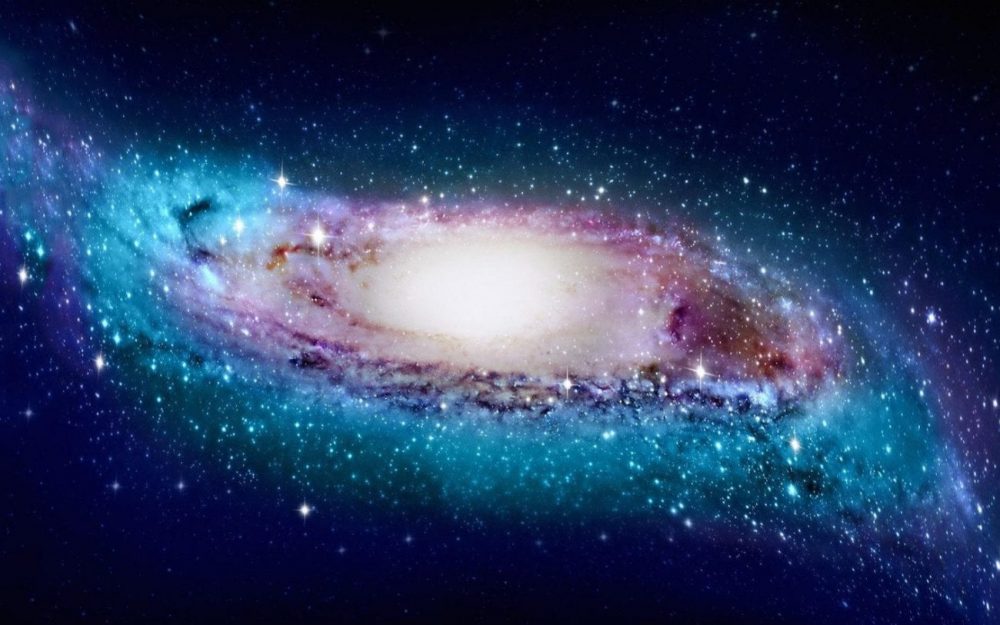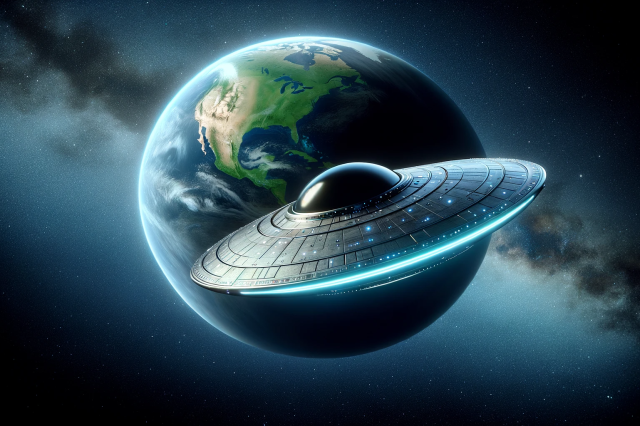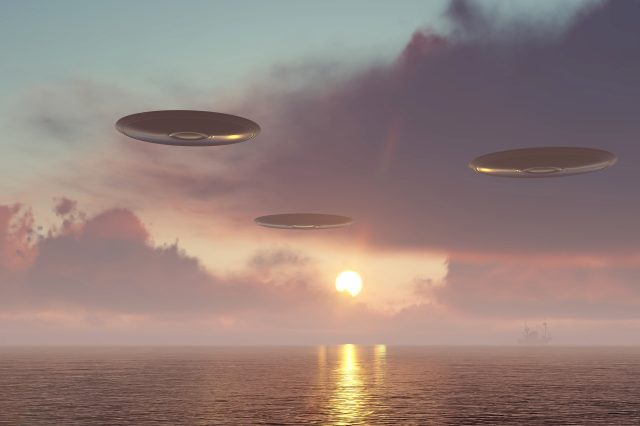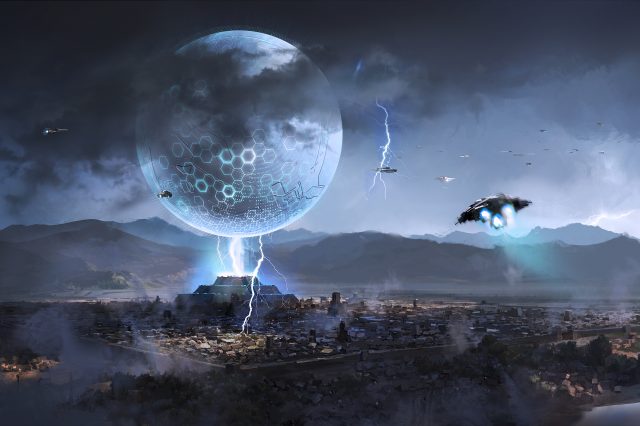Scientists have unveiled the very first accurate 3D map of our home galaxy, the Milky Way. This groundbreaking endeavor offers an unprecedented glimpse into the intricate structure and composition of our cosmic neighborhood.
Astronomers have recently revealed our galaxy’s first accurate three-dimensional map, revealing the Milky Way’s true, warped, and twisted shape. So, we now know that the Milky Way isn’t flat. Scientists from the National Astronomical Observatories of the Chinese Academy of Sciences (NAOC) and Macquarie University in Sydney, Australia, have published a new study in Nature Astronomy revealing an unprecedented 3D map of the galaxy we live in. The new cosmic chart comprised 1,339 large pulsating stars, each up to 100,000 times brighter than our sun. Scientists have maintained that our galaxy was a flat spiral, home to around 300 billion stars.
The solar system in our galaxy
Our solar system occupies a small, insignificant spot on one of the galaxy’s spiral arms. Now, a new study has revealed that the shape of our galaxy is much stranger than previously thought. Astronomers have revealed that, in reality, the Milky Way Galaxy appears to be warped and becomes increasingly twisted the further away stars are from its galactic center. Scientists maintain that our galaxy has become warped due to the torque created by the spinning galaxy’s densely packed inner disc of stars.
Are spiral galaxies “flat”?
“We usually think of spiral galaxies as being quite flat, like Andromeda, which you can easily see through a telescope,” explains Professor Richard de Grijs, a co-author and astronomer from Macquarie University in Sydney, Australia. The Milky Way, for example, when observed from far away, looks like a massive, thin disk of stars that spin around the central region every few hundred million years.
Hundreds of billions of stars
The 300 Billion stars and the elusive dark matter act as a gravitational glue that holds the galaxy in a compact structure. The galaxy is ‘warped’ due to the hydrogen clouds in the outermost parts of the Milky Way. That’s due to the change of gravitational pull, far from the Galaxy’s inner region, causing the Milky Way’s newly found ‘s-shaped warp’.
“It is notoriously difficult to determine distances from the Sun to parts of the Milky Way’s outer gas disk without having a clear idea of what that disk looks like,” said Dr. Chen Xiaodian, a researcher at NAOC and lead author of the article. “However, we recently published a new catalog of well-behaved variable stars known as classical Cepheids, for which distances as accurate as 3 to 5% can be determined.”
A twisted nature
But the twisted nature of the Milky Way isn’t unique to our home galaxy. Astronomers have revealed observing dozens of other galaxies in the universe with similar progressively twisted spiral patterns in their outermost regions.
Have something to add? Visit Curiosmos on Facebook. Join the discussion in our mobile Telegram group.





